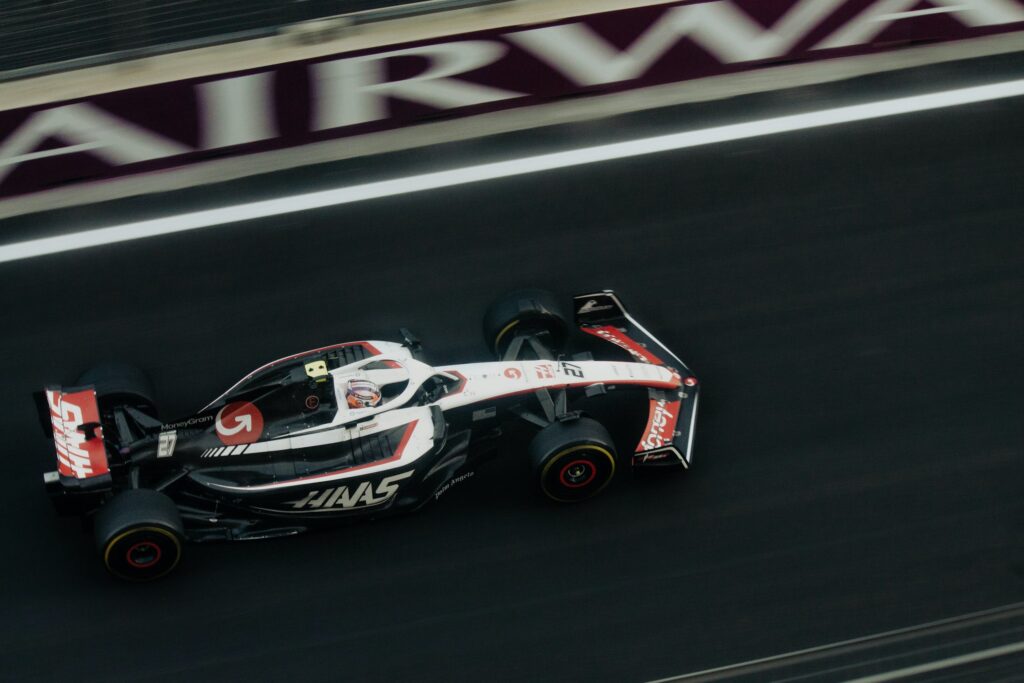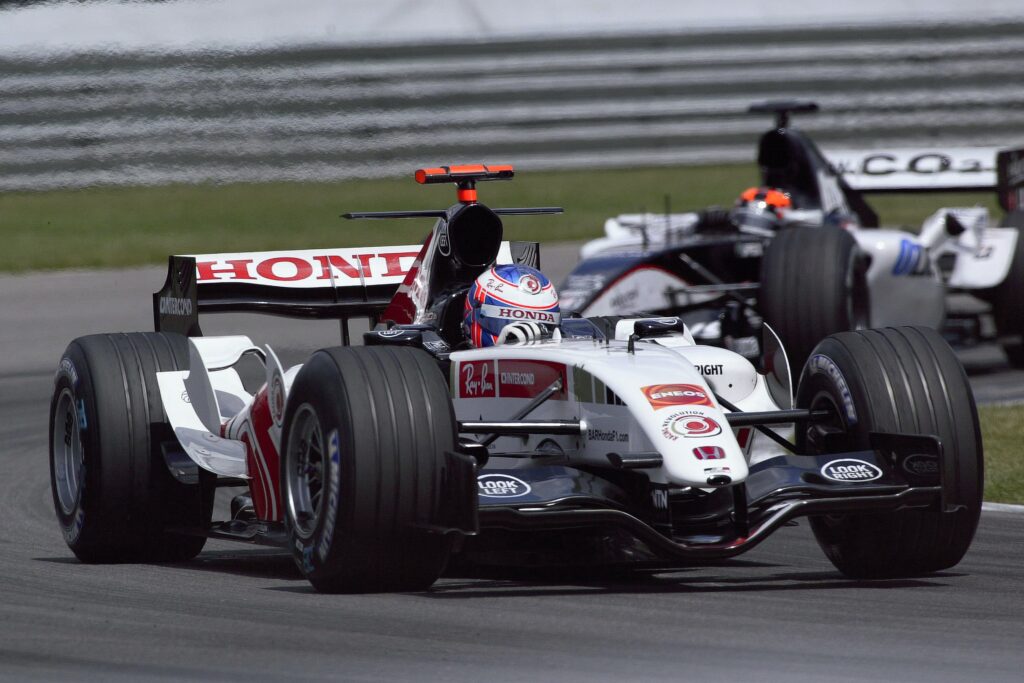In a groundbreaking move that is sending shockwaves through the sports world, Shohei Ohtani has inked a monumental deal with the Los Angeles Dodgers, setting a new benchmark in American sports history with a staggering $700 million contract. This historic agreement not only reflects the exceptional talent and versatility of Ohtani but also solidifies his place as a transformative figure in the realm of professional baseball.

A Dual Threat: The Modern-Day Babe Ruth
Often compared to the legendary Babe Ruth, Shohei Ohtani has redefined the expectations of what a baseball player can achieve. His unique ability to both hit home runs with jaw-dropping power and pitch at elite levels has garnered him widespread acclaim as a true dual threat in the modern era. This comparison to Ruth, a baseball icon, speaks volumes about Ohtani’s prowess and impact on the game.
Financial Phenomenon: Ohtani’s Ripple Effect on Sponsorships
Ohtani’s meteoric rise to stardom extends beyond the baseball diamond, significantly impacting the business world. With sponsors including Mitsubishi UFJ Financial Group Inc., Japan Airlines Co., Kose Corp., and Seiko Group Corp., Ohtani has become a sought-after brand ambassador. His association with these esteemed companies has not only elevated his personal brand but has also proven to be a financial boon for his sponsors. Ohtani’s influence has been known to positively impact share prices, showcasing the symbiotic relationship between his on-field success and the financial success of his sponsors.
A Global Icon: Ohtani’s Influence Beyond Borders
Shohei Ohtani’s appeal extends far beyond the borders of the United States. As a Japanese phenom, he has captivated audiences worldwide, bridging the gap between different cultures and showcasing the universal language of baseball. This global recognition has not only expanded the reach of the sport but has also solidified Ohtani’s status as an international sports icon.

The Dodgers’ Strategic Move: Investing in Excellence
The Los Angeles Dodgers’ record-breaking investment in Shohei Ohtani is more than just a financial transaction; it’s a strategic move to secure a player whose impact transcends the boundaries of traditional baseball roles. Ohtani’s presence on the field brings a level of excitement and unpredictability that is a rare commodity in professional sports, making him an invaluable asset to any team.
As the baseball world eagerly anticipates Ohtani’s next chapter with the Dodgers, one thing is certain – his unparalleled talent and global influence will continue to reshape the landscape of American sports for years to come. The $700 million deal is not just a contract; it’s a testament to Shohei Ohtani’s exceptional abilities and the limitless possibilities that lie ahead in his illustrious career.

